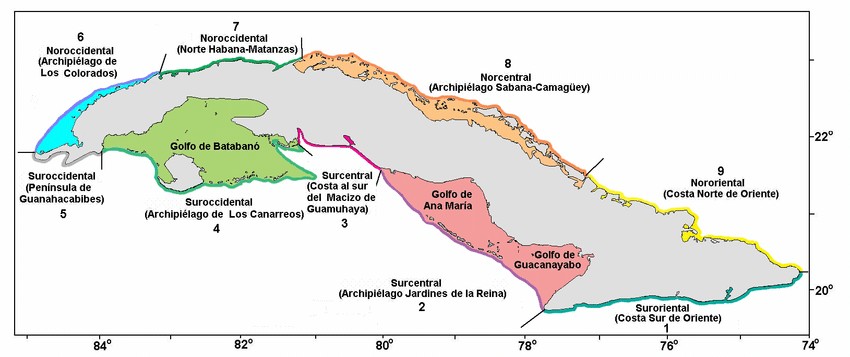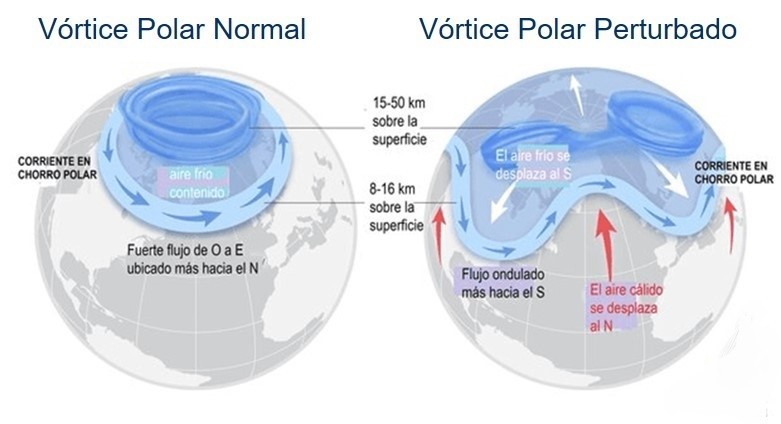Accepted by the Revista Cubana de Meteorología for SciELO
2023-06-07
After carrying out the analysis by the specialists and taking into consideration the parameters established for the inclusion of publications within the SciELO Cuba network, the final result of this process is that the Revista Cubana de Meteorología now meets the necessary requirements to access the collection.










